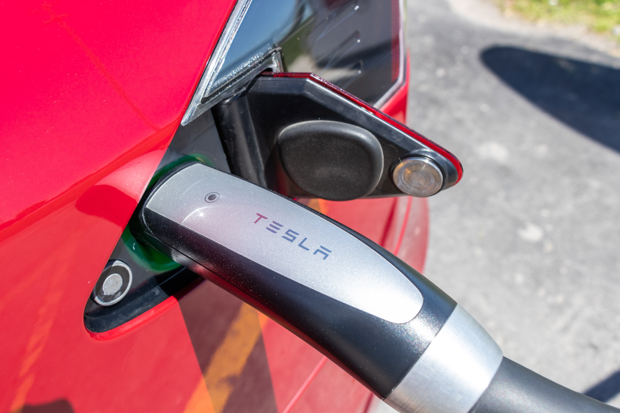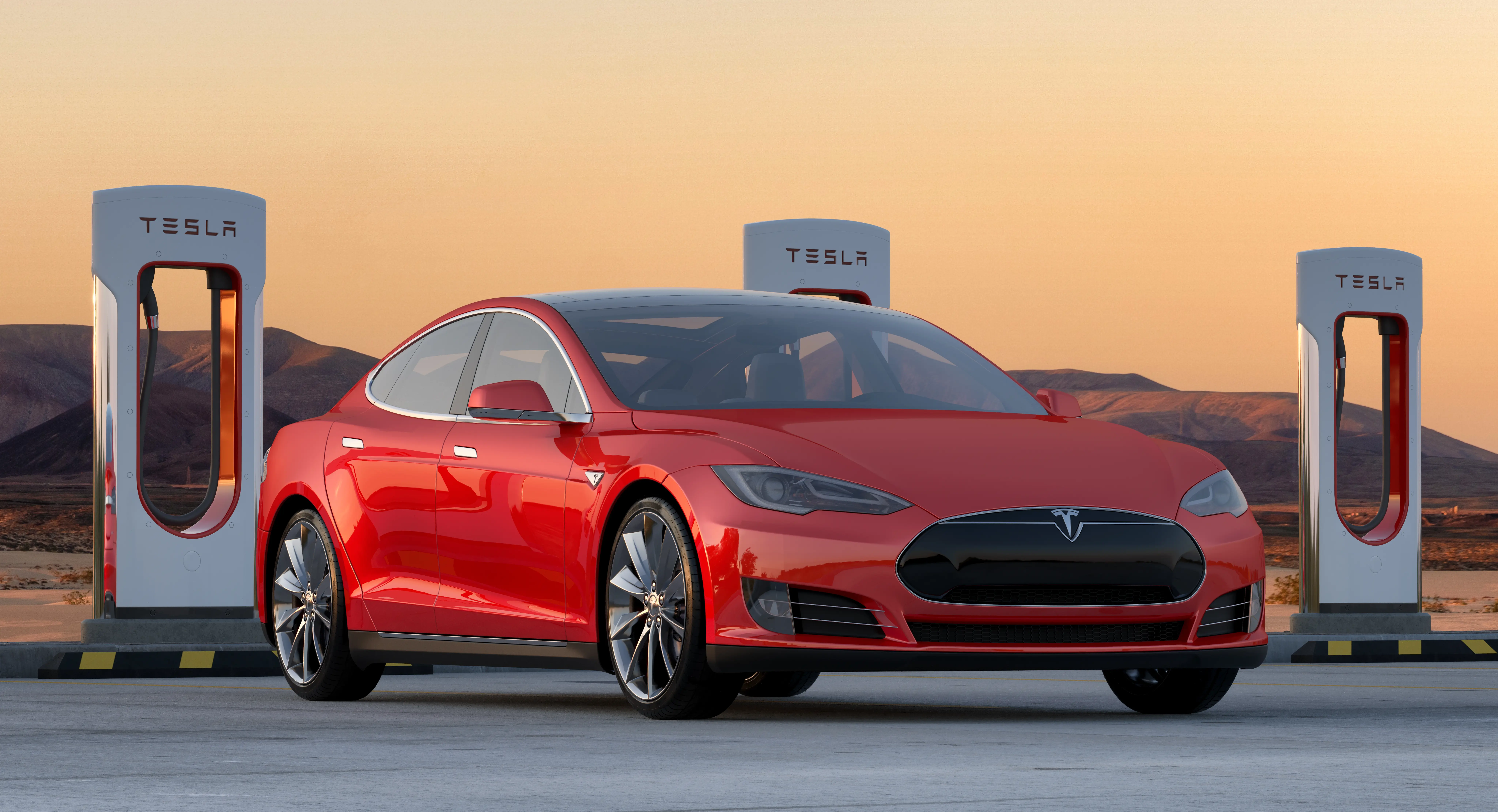Overview of Tesla Model S Charging Port
Understanding the various types of charging ports, knowing the location of the charging port on your vehicle, and recognizing the importance of a well-functioning charging port are essential aspects of charging your Tesla Model S.
The Tesla Model S is compatible with several types of charging ports, including the Tesla Wall Connector, the Mobile Connector, and the Supercharger network. Each option offers different charging speeds and capabilities, allowing you to choose the one that best fits your needs.
The charging port on the Tesla Model S is conveniently located on the rear driver's side, near the taillight. This strategic placement ensures easy access while maintaining the vehicle's sleek design.
A properly functioning charging port is crucial for uninterrupted charging of your Tesla Model S. Any damage or malfunction can lead to charging issues and inconvenience. Regular inspection and maintenance of your charging port can prevent potential problems and ensure a smooth charging experience.

Understanding Tesla Model S Charging Cable
The Tesla Model S charging port and cable are essential for charging your electric vehicle. In this section, we will discuss the different types of charging cables compatible with the Model S, their length and specifications, and provide tips on proper handling and maintenance.
For charging your Model S, you have several options for charging cables. The most common types include Type 1 (J1772) and Type 2 (Mennekes) cables. These cables are compatible with most charging stations and offer reliable and efficient charging for your vehicle. Ensuring that the charging cable you choose is compatible with your Model S is vital for safe and efficient charging.
The length and specifications of the charging cable are also important factors to consider. The standard length of a Model S charging cable is around 20 feet, providing flexibility and convenience when connecting to charging stations. Additionally, the charging cable should be of high-quality construction and capable of handling the power required for charging your vehicle.
Proper handling and maintenance of the charging cable are crucial for its longevity and performance. Always store the cable in a clean and dry place when not in use, and avoid bending or kinking the cable to prevent damage. Regularly inspect the cable for any signs of wear or damage and replace it if necessary.
By understanding the different types of charging cables compatible with your Model S, considering the length and specifications of the cable, and following proper handling and maintenance practices, you can ensure a seamless and efficient charging experience for your Tesla Model S.
Charging Process for Tesla Model S
Wondering how to charge your Tesla Model S? This step-by-step guide will walk you through the process from start to finish. Let's begin!
1. Opening the Charge Port:
To open the charge port on your Tesla Model S, simply press the button located on the charging port door. The door will automatically open, revealing the charging port.
2. Proper Plugging-In Procedure:
With the charge port open, take the charging cable and align the connector with the charging port on your Tesla Model S. Once aligned, gently push the connector into the port until it clicks into place. Ensure that the connection is secure.
3. Monitoring the Charging Status:
Once the charging cable is properly plugged in, you can monitor the charging status on the touchscreen display in your Tesla Model S. It will show you the current charging rate, estimated time until full charge, and other relevant information.
4. Addressing Charging Issues:
If you encounter any issues during the charging process, such as a slow charging rate or a charging error message, refer to your Tesla Model S owner's manual for troubleshooting steps. For addressing any further issues contact the NexDrive service centre nearest you for help from certified EV technicians.
Find a NexDrive Facility








